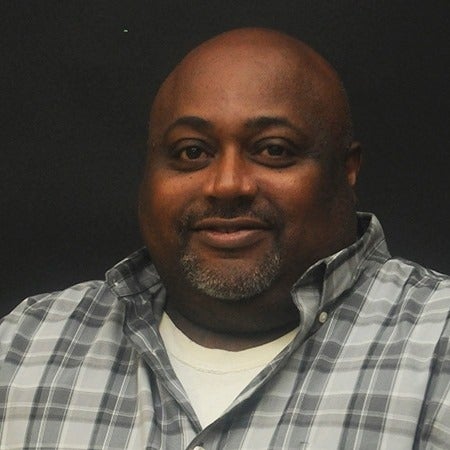Moving community colleges into future
Published 7:41 pm Wednesday, June 22, 2016
Ask just about any Alabamian about the state’s community college system, and you’ll hear great stories about first steps, fresh starts and fine finishes, too.
You’ll hear about people whose training led to a good job at an auto plant; people who established promising careers as nurses or welders; people who used our campuses’ convenience and cost-savings as a springboard to a four-year degree, just as I did.
Our campuses have been a gateway to prosperity for generations of Alabamians. Our state has a responsibility to make sure that remains true for generations to come. At the community college system’s board of trustees, we take this responsibility seriously and personally.
Meeting that obligation in today’s world, however, is an extraordinary challenge. To keep up with technological advances and a perpetually changing world, our community colleges must be in a position to adapt quickly, again and again.
Our students must be able to meet the needs of emerging and ever-evolving businesses and industries if we want them to get the good jobs of today and tomorrow.
They won’t be successful if we provide them with yesterday’s skills.
We must build a framework that allows our campuses not just to react to new workforce trends, but also to anticipate them and be ready when they occur. The success of our 83,000 students, and our state, depends on this.
Fortunately, Alabama leaders in the public and private sector recognized this need, and in recent years, they have initiated a process that will help mold our community college system for the 21st century and beyond.
In one of the first steps to ensure our campuses remain relevant and effective, the governor and Legislature separated the college system from the existing state school board, which had the unwieldy task of overseeing both the community colleges and the enormous K-12 system.
The new oversight board, which includes me and seven other volunteers from the private sector, is focused solely on the community college system and how to make it the best it can be.
May 27 marked our first year on the job. We’ve spent much of that time listening and learning – about exciting things already taking place on our campuses, but also about the challenges they face and how we can meet them.
We have learned of many improvements over the years that have enhanced the value of studying at two-year colleges. Our campuses have worked closely with four-year institutions, for instance, to ensure a smooth transition for the thousands of students who take freshman- and sophomore-level classes at one of our campuses before finishing a bachelor’s degree elsewhere. Less costly studies on our campuses help put a full college education within the reach of many students. Our commitment to serving the needs of these students has not changed and will not change.
We must work just as diligently, however, to ensure a smooth transition for our students who leave our campuses with the expectation of getting a job.
Central to that effort is making sure that our associate’s degree and technical education programs line up with the actual workforce needs of businesses and industries.
If we want to prepare our students for high-wage, high-demand jobs, we must work closely with communities and employers to identify up-and-coming opportunities and to equip our students with the necessary skills. We are ramping up our partnership with state and regional workforce councils to ensure we meet the needs of business and industry. By doing this, we also will meet the most basic needs of our students.
We are also in the early stages of an effort to restructure the system — in some cases, by bringing multiple campuses under one administrative umbrella.
This is not a reflection on the quality of any institution or leader; it’s simply a recognition that the less money we spend on administrative costs, the more money we have to invest in technology and programs that directly serve our students’ needs.
Ultimately, we will evaluate every campus in this state to see if there is a way we can improve what we are doing for the betterment of students and communities. These decisions will not be made in a vacuum.
Any decision we make must be approved by state and national entities that provide oversight and assurances of the quality of the education we are offering.
We also will seek input from people who are most personally invested in our campuses and who have the most to gain from our efforts – students, employees, parents, alumni, taxpayers, business leaders, elected leaders, and local residents.
We will solicit your input through community meetings, social media and other channels.



